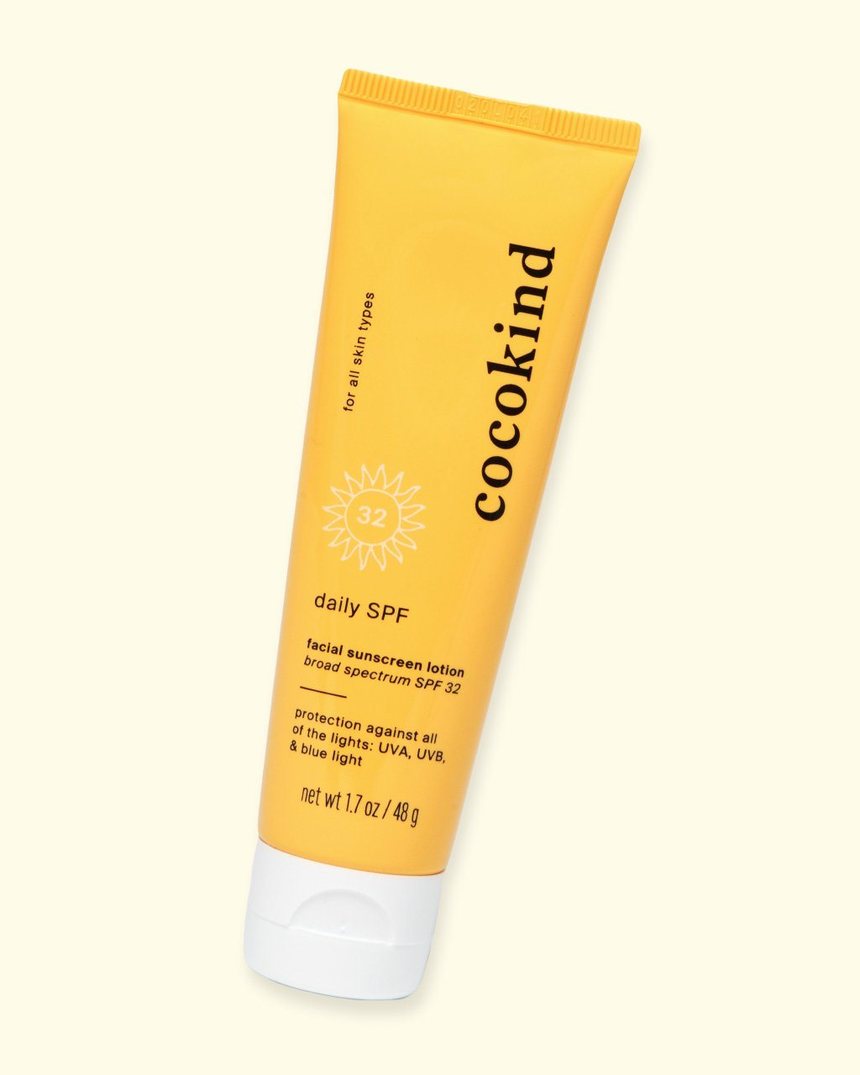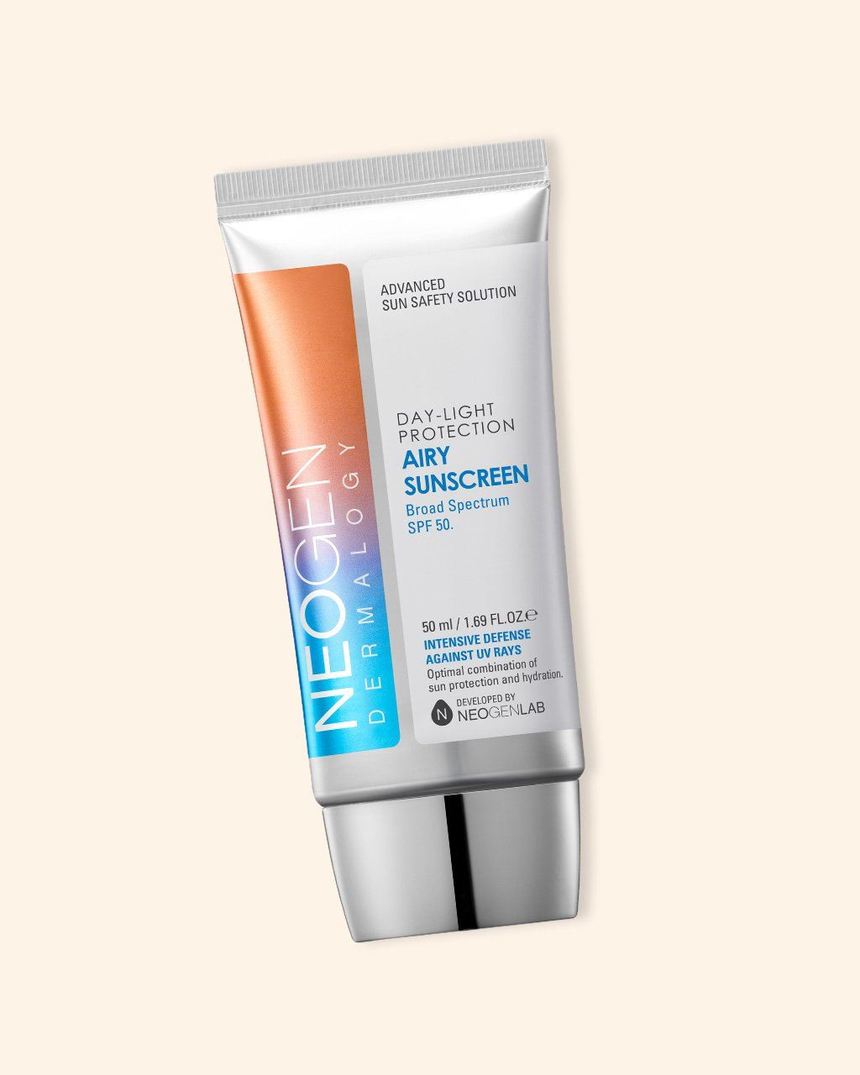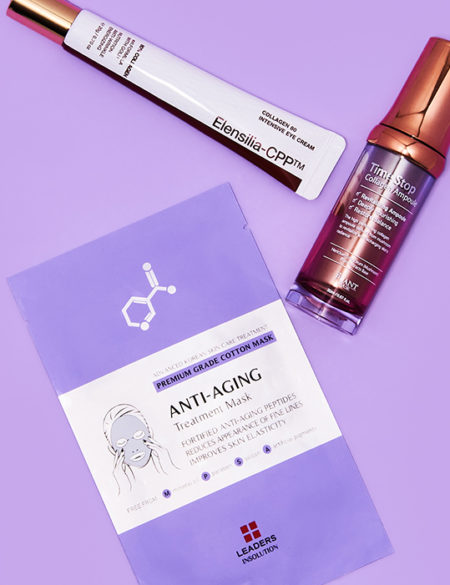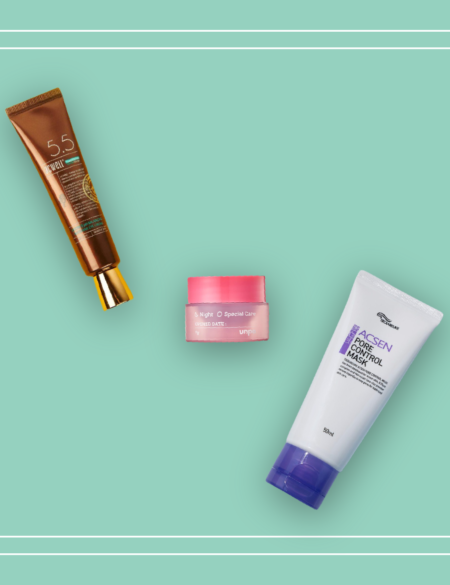Escaping the cold for somewhere warm? Don’t leave home without reading up on these winter sun protection dos and don’ts.
Right around this time of year – when winter’s frigid fingers make it impossible to actually get cozy – a lot of us start thinking about venturing to warmer climates for a quick and warm reprieve. Think tropical island vacations, balmy oceanside lounging, and – you guessed it – lots of time basking in the sun.
Whatever the case, preparing to go from cold to warm weather has bred a particularly egregious skin care habit. We’re talking about the “base tan,” which has been perpetuated year after year but is 100% not a good idea.
To help shed a little light (pun intended) on this topic, and to equip you with better habits for your vacation plans, we spoke with two dermatologists.
Where the “Base Tan” Misconception Comes From
“The idea of getting a base tan probably derived from the idea that darker pigmented skin has less types of skin cancer. The idea behind it is that the body produces melanin as a way to protect itself from the UV damage,” explains Dr. Richard Torbeck, a board-certified dermatologist with Advanced Dermatology PC.
Basically: the darker someone’s skin is, the more melanin they have. Those who are naturally born with higher amounts of melanin often burn less quickly and severely compared to those with low melanin. All that said, those with high melanin can still get pretty painful and damaging burns as well.
“If anything, a base tan gives you SPF of a three to five, which really just means that you get an extra 10 to 20 minutes in the sun without burning. This is really not significant,” says Dr. Shari Sperling, a board-certified dermatologist and the founder of Sperling Dermatology. “[The base tan] is a misconception and there’s no need to do it.”
The bottom line is that any unprotected exposure to the sun – including light “base tans,” puts you at a greater risk for developing skin cancer. It also expedites signs of aging, including wrinkles, skin laxity, sunspots, and uneven texture.
The Safe Way to Prepare for Sun Exposure
You might be able to guess where we’re about to go here, and for that, you get an A+ in the skin care grade book. Yep, high SPF and reduced sun exposure – even when you’re vacationing – is the best way to protect yourself from burns, premature aging, and, most importantly, skin cancer.
“You really want an SPF of 30 or higher, which protects against 97% of sun rays. [However], more studies have recently shown the higher the SPF, the better,” says Dr. Sperling.
She adds that frequent and generous re-application of sunscreen every two hours is also very important. If you’ve been sweating or swimming, you’ll want to apply even more frequently than that.
Even if you’re heading somewhere cool, like the ski slopes for example, sunscreen is still important. The high altitude combined with the reflective surface of snow is a recipe for sun damage.
If you’re “not a sunscreen person,” we hear you, but we also urge you to reconsider that stance. Modern-day sunscreen formulations are excellent and have been improved exponentially over the years. You won’t feel weighed down or greasy wearing them, and many won’t leave you with that tell-tale white caste. Some high-quality and well-reviewed options include the Cocokind Daily SPF and the Neogen Day-Light Protection Airy Sunscreen.
Additionally, Dr. Torbeck recommends taking some extra sun-protection precautions – especially when your skin is adjusting from being bundled up to being exposed to strong UV rays. He says, “Consider sun protective clothing and rash guards, avoid sun exposure from peak hours (10AM to 4PM.), and use a wide brimmed hat.”
Trust us – you’ll look fabulous in that sun hat, swinging on a hammock under the shade of a palm tree.
Bottom Line
If you’re guilty of giving yourself “base tans,” it’s officially time to retire the habit. Not only is it a misconception, it’s downright dangerous. Instead, layer and lather up. By taking the proper measures to protect your skin, you will greatly reduce your risk of getting melanoma.
















